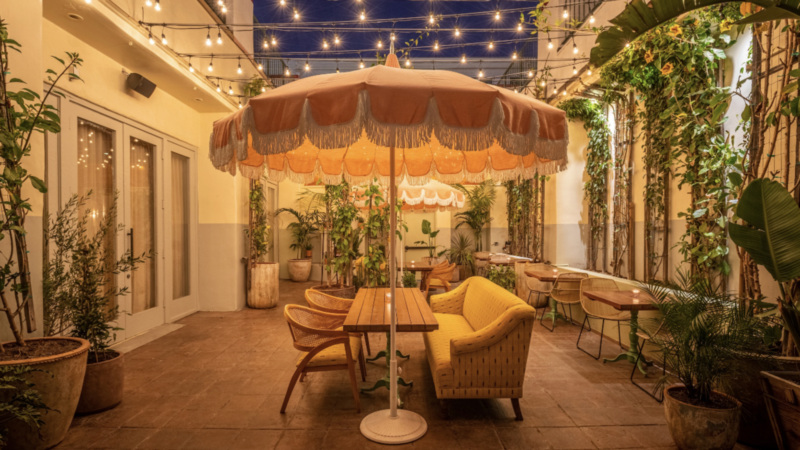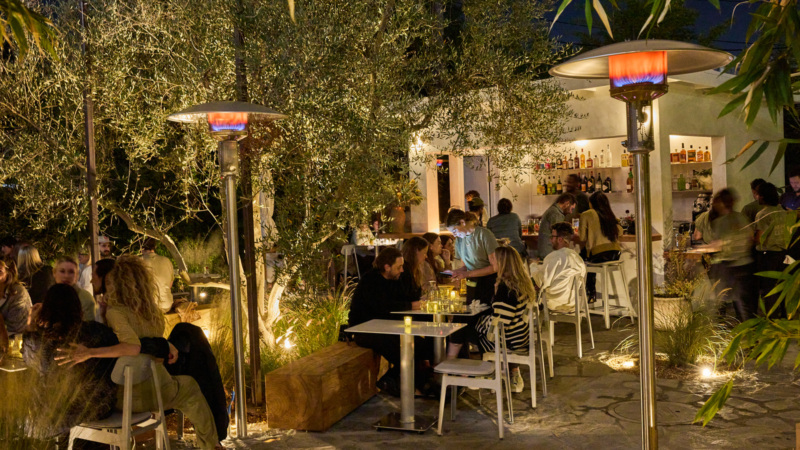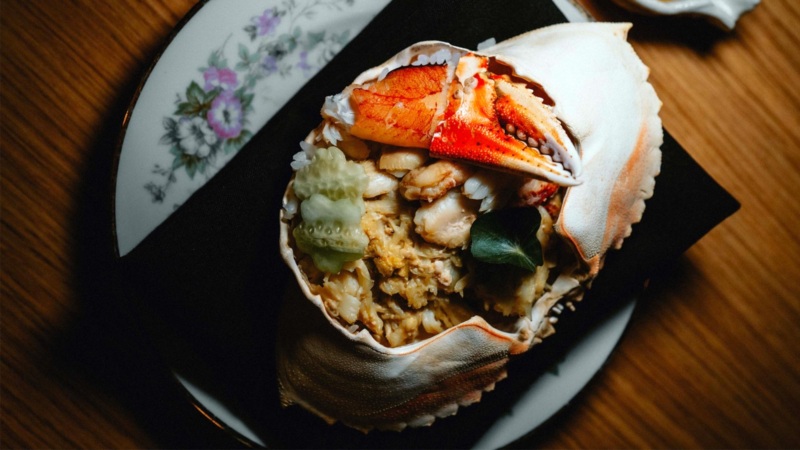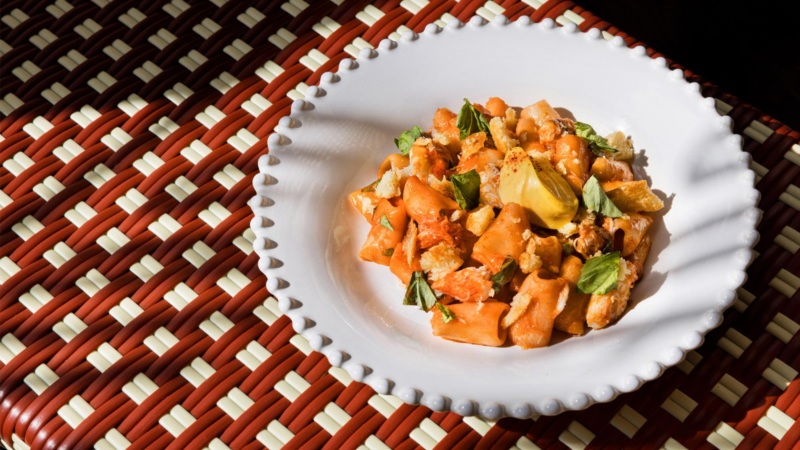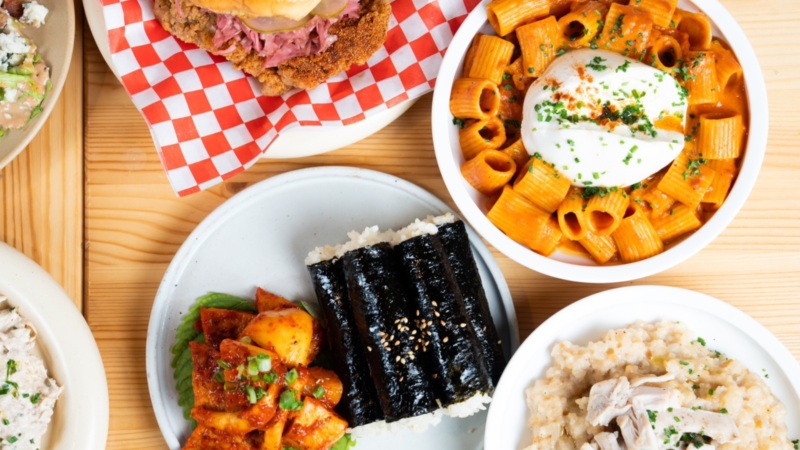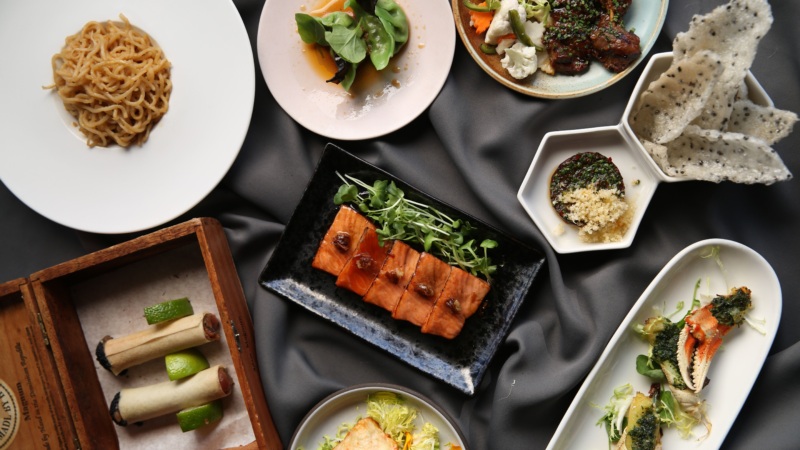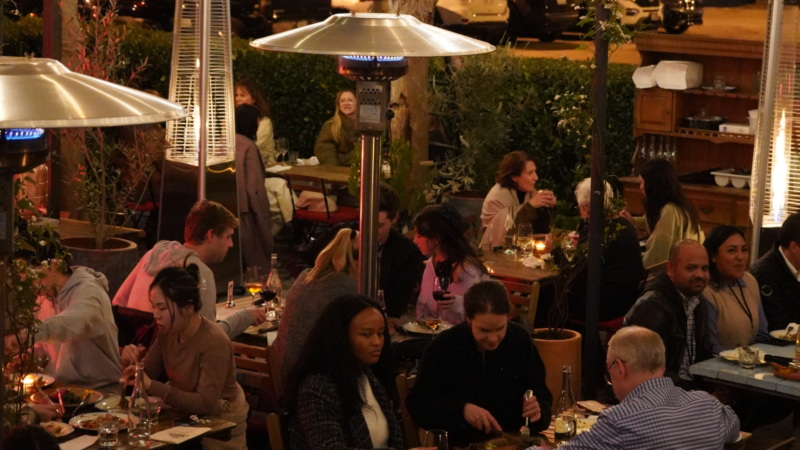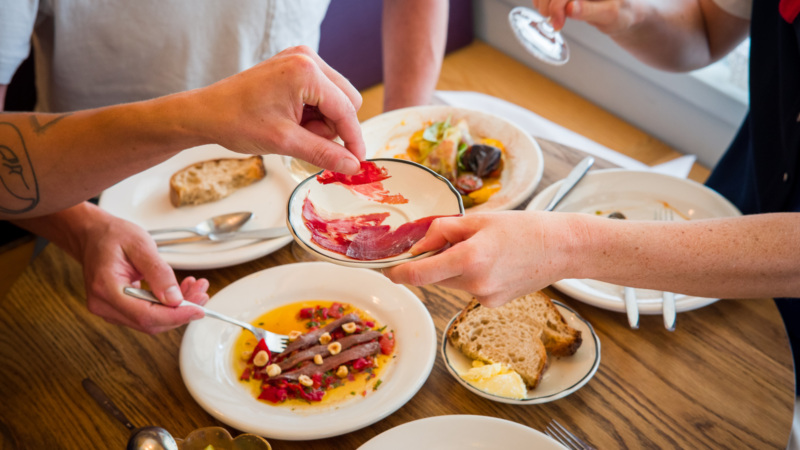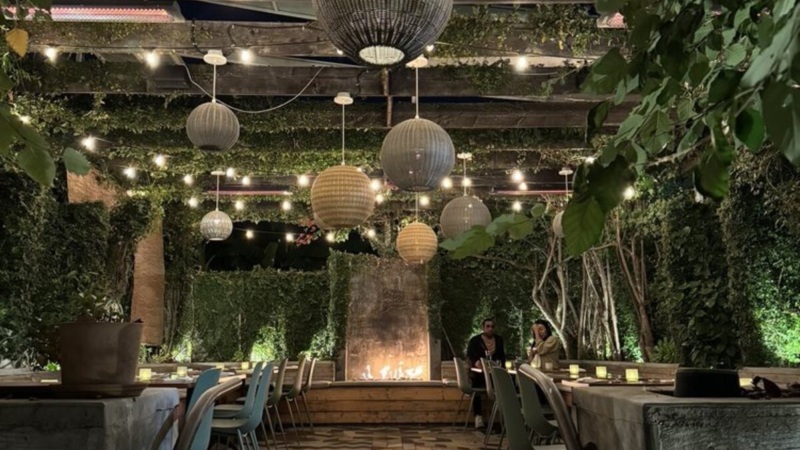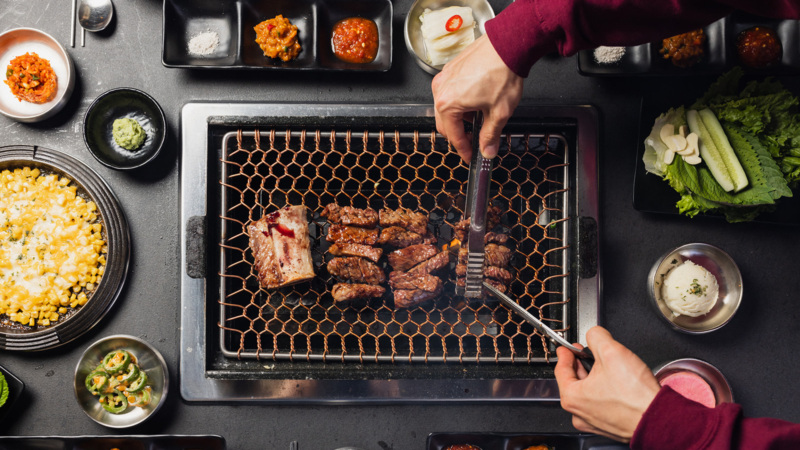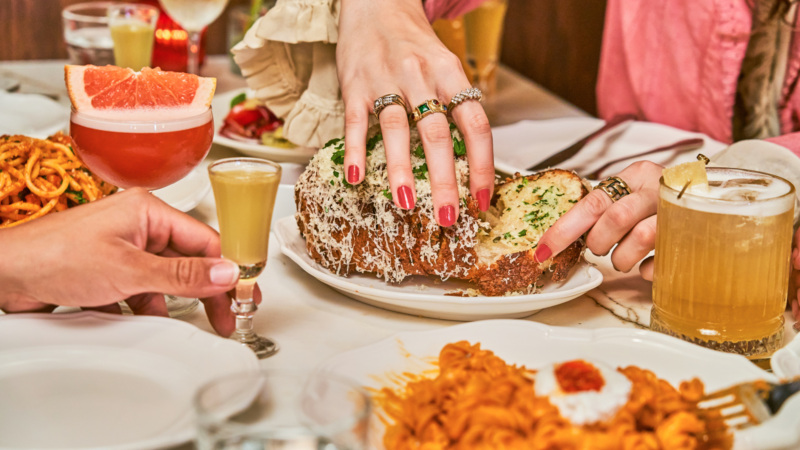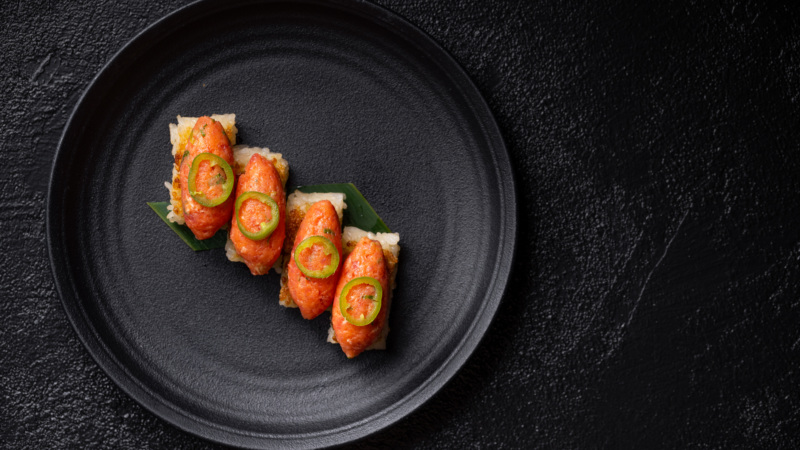
Everything You Need To Know About N/Soto, Niki and Carole Nakayama’s New Izakaya
When chef Niki Nakayama quietly opened N/Naka in 2011, she intended to stay there until she retired, never opening a new spot again. Things went according to plan for a decade…until the pandemic. Suddenly and unceremoniously, Nakayama and her wife (and N/Naka sous chef) Carole Iida-Nakayama found themselves rethinking their carefully laid vision for the future.
Like everyone, Nakayama and Iida-Nakayama had to quickly pivot, transforming their award-winning, 26-seat restaurant, known for intricate multi-course kaiseki menus and impossible-to-get reservations, into something that could survive dining room shutdowns and constantly changing public health mandates. A new plan materialized, surprising them more than anyone, in the form of N/Soto, their sophomore restaurant now open in West Adams.
N/Soto is a more casual izakaya-style venture, overseen by chef Yoji Tajima, with a bar and (coming soon) patio that practically begs to be lingered over. With thoughtful details and a deeply craveable menu, it’s another destination-worthy addition to the growing West Adams dining scene. “I never planned to do another restaurant,” Nakayama says. “With the pandemic, it was difficult to pivot N/Naka because we only seat so many each night and the food is particular. ‘Soto’ means ‘outside’ in Japanese, and it felt perfect because now we want to reach outward, to collaborate with more people.” Here’s everything to know before you go.
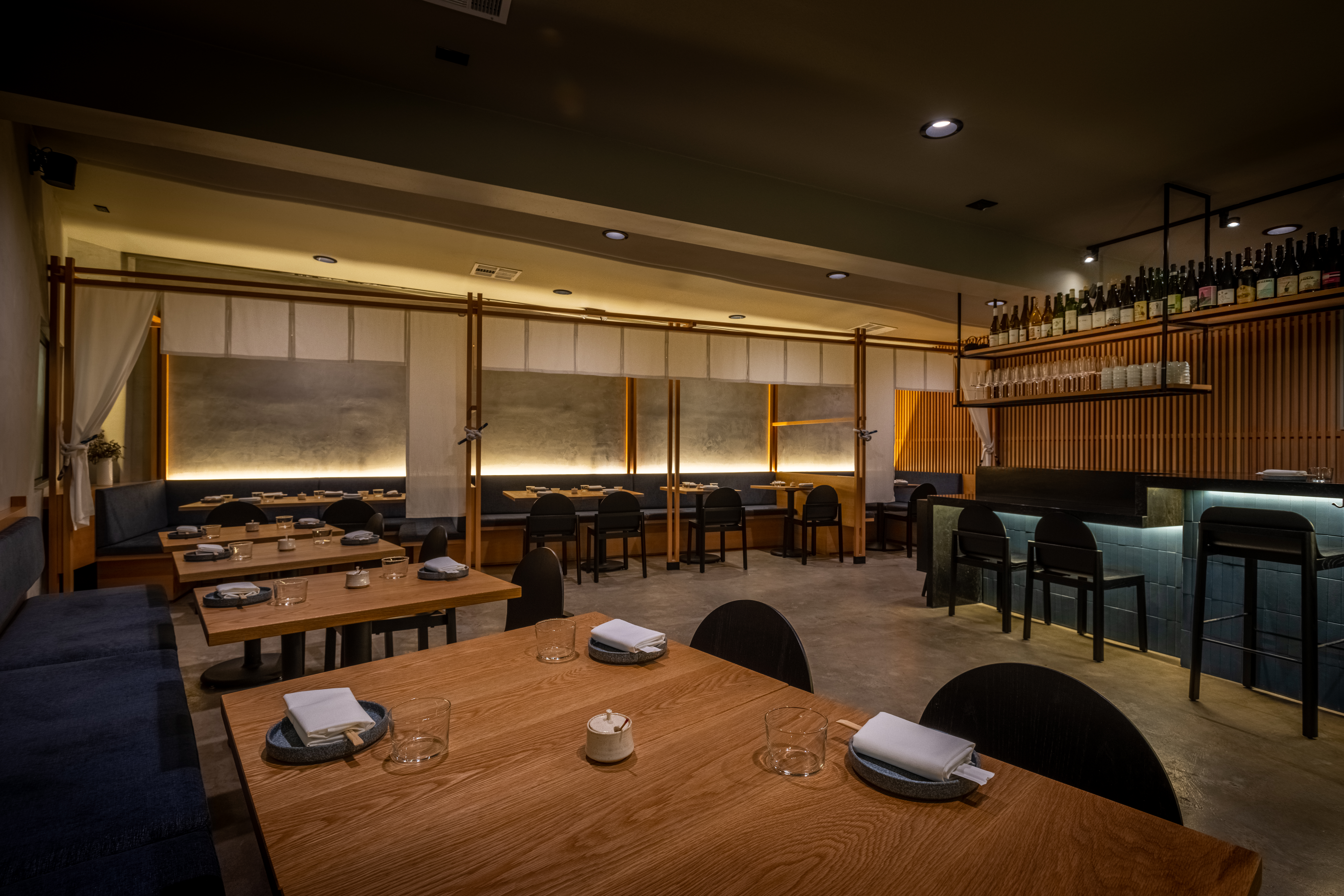

1. The izakaya concept evolved naturally.
During the pandemic, Nakayama says she and Iida-Nakayama looked beyond the walls of N/Naka to develop new ways of connecting with their community of customers, employees, and farmers. They arrived at bento boxes, compact and colorful mini prix-fixe takeout meals that sold out nearly as fast as dine-in tables once did. The boxes allowed the chefs to adhere to N/Naka’s Japanese-meets-California ethos, which is rooted in seasonality, nuance, and discovery, while making their food more accessible.
It was a lightbulb moment, says Nakayama. Developing the jewelbox-esque bentos gave the chefs a jolt of creative energy, which evolved into a pop-up at the Japanese American Cultural & Community Center (JACCC) in Little Tokyo, where the Nakayamas test-drove some of the dishes that now appear on the N/Soto menu. It was a trial run that never stopped. “We didn’t have a plan when we were forced to close,” Nakayama says. “I’m still trying to catch up.”

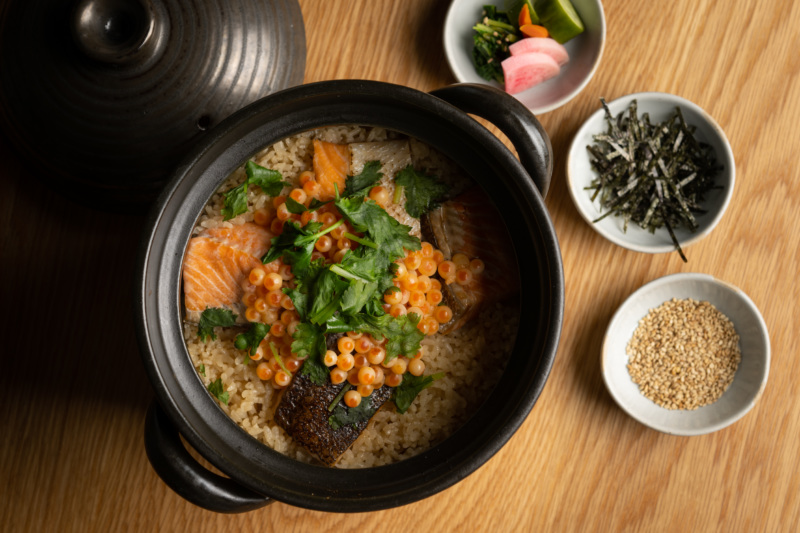
2. It’s not N/Naka, but it is familiar.
As one of L.A.’s first (and at one time, only) female sushi chefs, Nakayama’s menus have always been a personal study in tranquility and seasonality, rooted in Japanese techniques and influenced by Southern California flavors. N/Soto carries the same throughlines in its menu, space, and overall mood. But the chef is quick to remind you: This is not N/Naka. It’s a shared effort between herself, Iida-Nakayama, and chef Tajima, who came on board after closing his own long-running sushi restaurant Yojisan in Beverly Hills during the pandemic.
“We thought about how amazing it would be if we had a Japanese menu that was incredibly traditional and well executed, and also what that would look like,” Nakayama says. “We were doing these great collaborations with guest chefs for the bentos, and it really opened our eyes to what Japanese food can mean when it meets other cultures.” Partnering with Tajima is instrumental to this vision, she says. With a menu that’s “one part traditional, one part really out there,” she found his skills and mindset perfectly suited to their new direction.
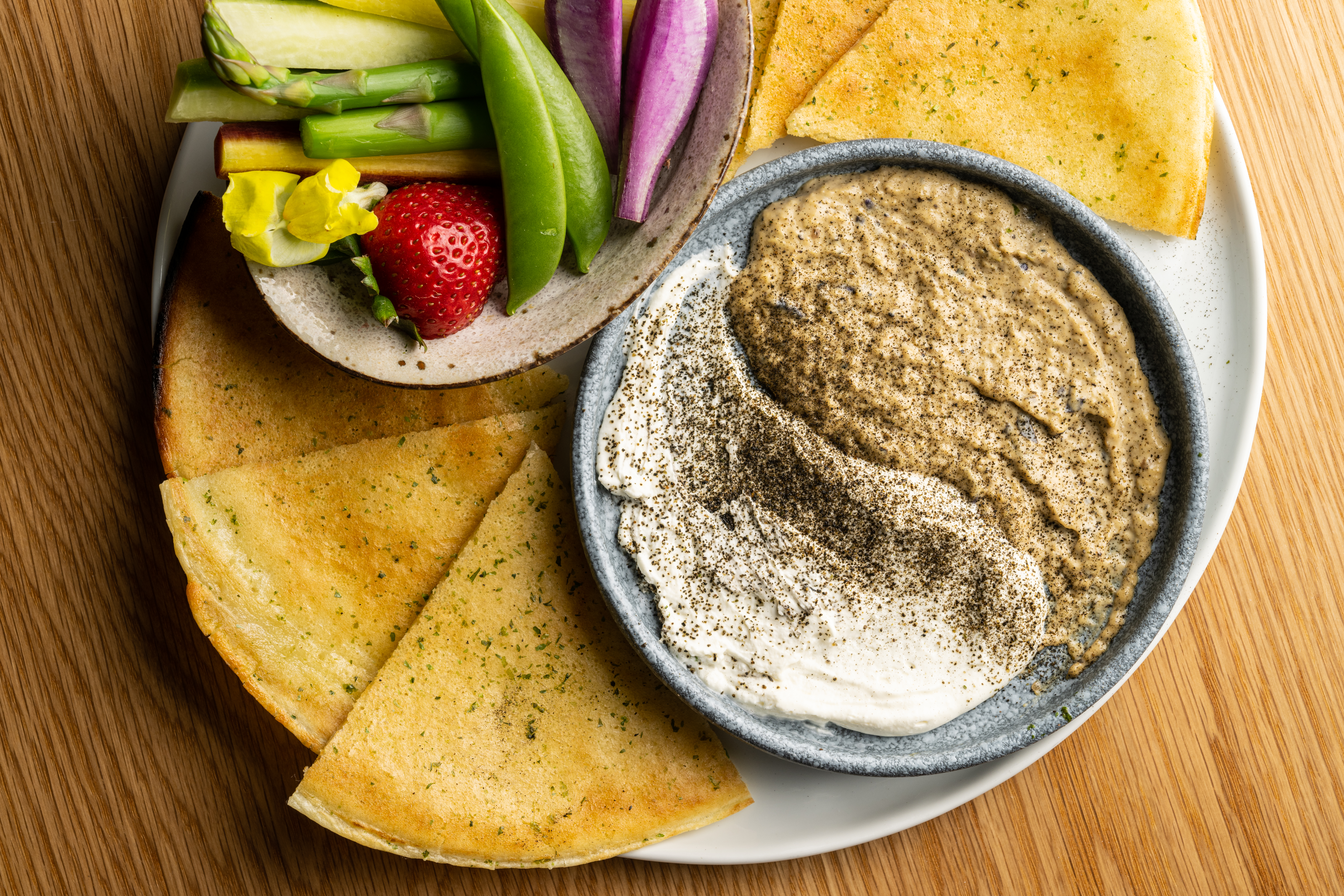
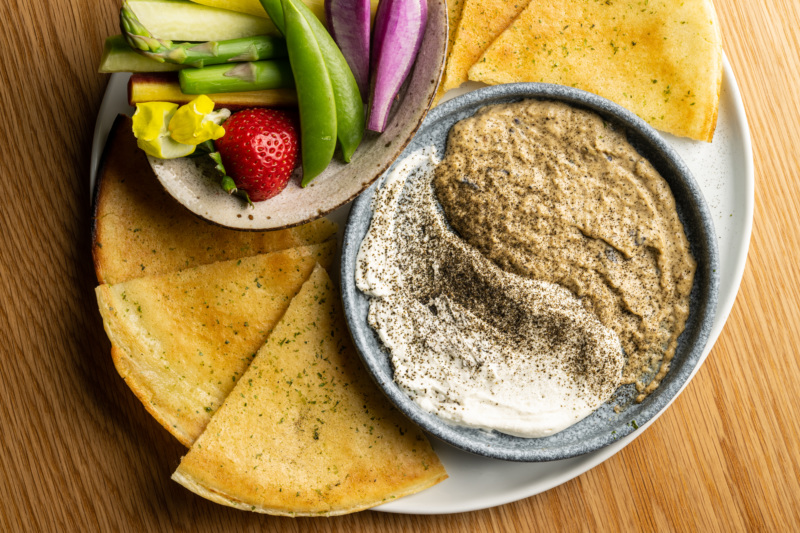
3. The menu has a sense of humor.
Inspired by the convivial atmosphere and small plates at Japanese izakayas, the menu at N/Soto is fun, relaxed, and intended to be shared. Among the snacks, salads, sushi and nigiri, grilled and steamed dishes, and kushiyaki, you’ll find Brussels sprouts with salmon skin and poached egg; maitake tempura; chicken karaage; miso-baked bone marrow; and sakamushi clams.
The chef is particularly fond of dishes like the scallop sashimi with Japanese plum, pumpkin seeds, pickled cauliflower, and arugula, and the carrot tartare, which involves roasting and pickling the carrots, then dehydrating their skins into a carrot “dust” served over carrot cream. And then there’s the Japanese flatbread, possibly the first of its kind. “Carole and I were thinking how almost every culture has some sort of flatbread, except for Japan,” Nakayama says. “So with our pastry chef, we came up with something that’s like a mochi dough flatbread, served with Japanese eggplant, sesame, and onion crème fraîche. We can understand it texturally as Japanese, but it’s something new. It was so much fun to see it come to life.”


4. The cocktails do, too.
An izakaya is lost without sake and beer, and in N/Soto’s case, zero-, low- and full-proof cocktails. Jason Lee created a menu that’s meant to guide guests beyond their usual. In addition to locally brewed and offbeat Japanese beers, and a sake list featuring women, non-Japanese, and younger brewers, his deep dive into Japanese flavors and traditions shines through his cocktails.
Daikon in the Coral Riff adds just a hint of subtle earthiness to the sochu and lemon base, while the Literally Bamboo features sake vermouth, pale cream sherry, and a bamboo shoot and leaf. The Garibaldi, made with Lo-Fi amaro and fluffy mikan orange ice, perfectly pairs aperitif culture with Japanese ingredients. “He’s so creative and thoughtful in his approach, and his love of Asian-style ingredients brings so many layers,” Nakayama says of Lee.
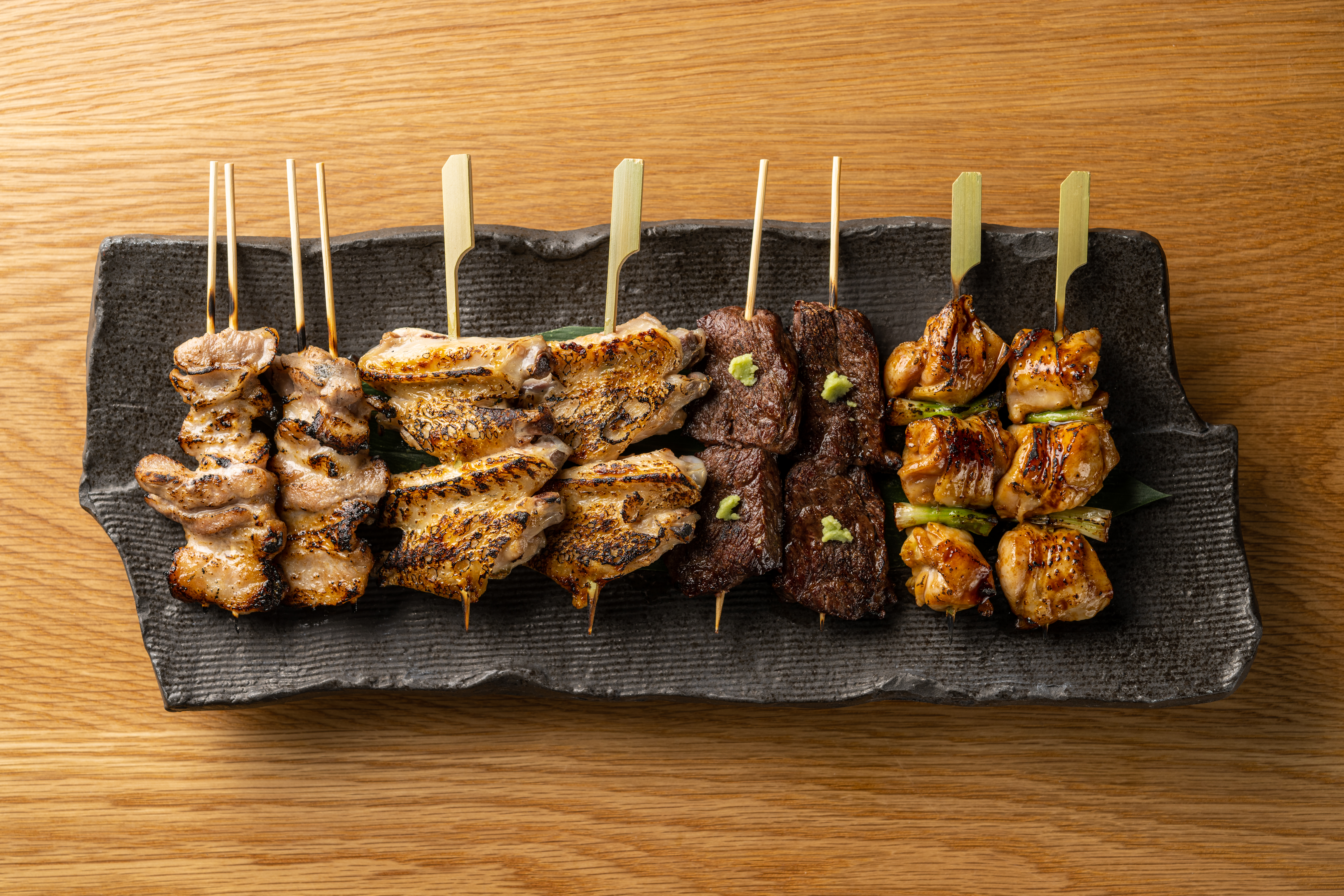
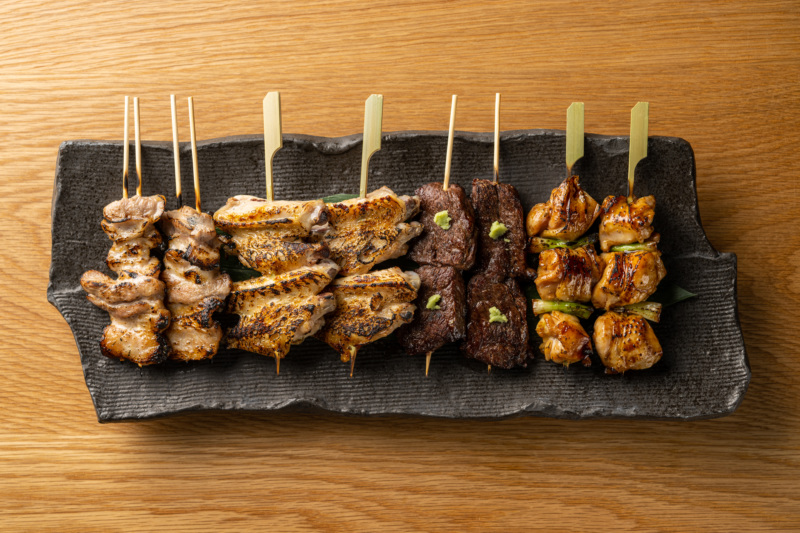
5. The convivial room celebrates community.
The former Ondal 2 space is now a mix of Japanese minimalism and California light. The vine-covered exterior reveals a sleek room with oak slats at the doorway, a small bar, and an intimate dining room; the patio, which will open soon, has the same polished aesthetic. Floating shelves lined with sake and wine bottles and noren-draped booths add texture to the main room. Wooden bar stools and chairs come from local furniture brand Dims. “I see this as growth for us, for ourselves,” Nakayama says. “I feel fortunate and lucky to have the success of N/Naka, but success is only rewarding when you can expand on that and bring others in. It’s really about sharing that growth with others and helping them succeed, too.
Lesley Balla writes about restaurants, travel, wine, and more. You’ll find her work in publications including Los Angeles magazine, Angeleno, The Hollywood Reporter, and The Seattle Times. In a previous life she was the L.A. editor for Zagat and Eater. Follow her on Twitter and Instagram. Follow Resy, too.











